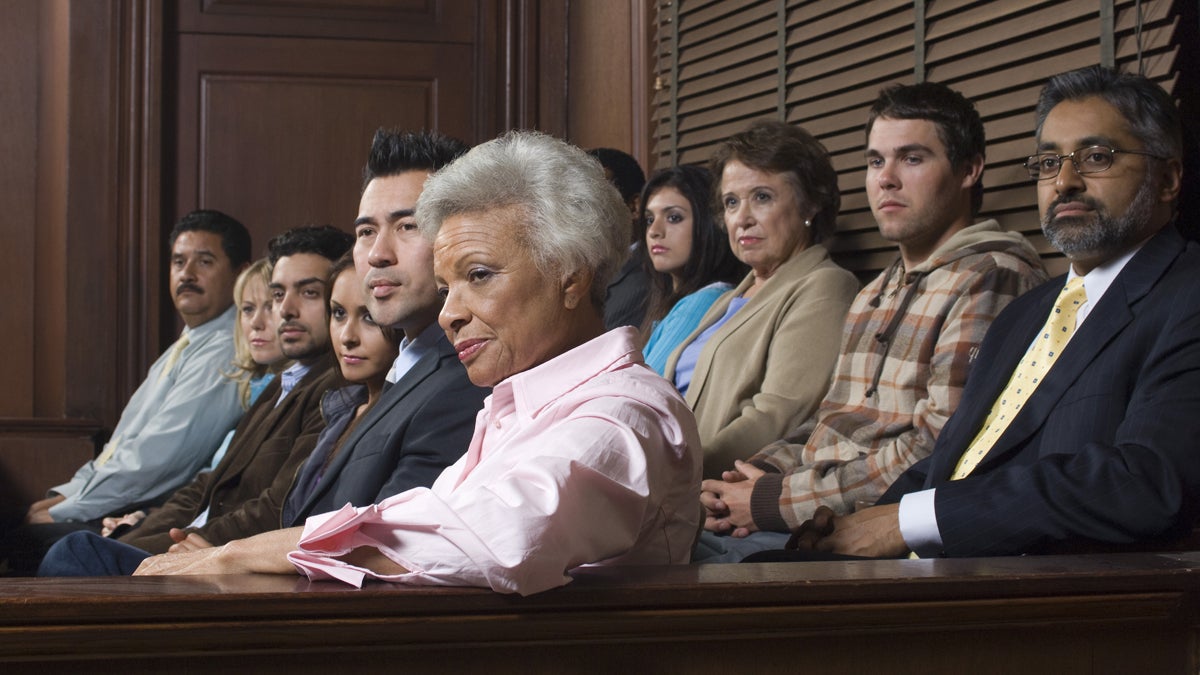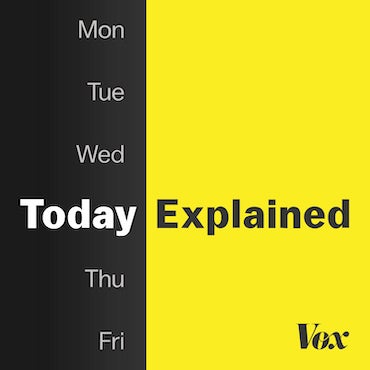Neuroscience helps lawyers refine approach to winning over juries
Listen Photo via ShutterStock) " title="ssjuryboxx1200" width="1" height="1"/>
Photo via ShutterStock) " title="ssjuryboxx1200" width="1" height="1"/>
(Photo via ShutterStock)
Facts can be presented in different ways to tell different stories — if you’ve served on a jury, you know that.
Take for example a tale involving a chain-saw, a tricky safety switch, and a subsequent injury. It could be spun into a story of corporate greed, where the bottom line ruled, corners were cut, and consumers were put at risk.
Or, one could emphasize personal responsibility, and foolish, irresponsible use of a chain-saw.
Presenting a case to a jury in a convincing fashion is obviously a big part of a lawyer’s job – and some are enlisting the help of neuroscience to do this work better.
Kellie Janke, a litigation consultant with Magna Legal Services in Philadelphia, uses her background in neuroscience and psychology to help her clients target specific areas of jurors’ brains.
For example, imaging studies show that brains prefer well-crafted stories over a series of facts, she said.
“One key component is that when we hear stories about someone else, about something compelling, these older brain structures like the limbic system are actually activated,” she explained. “As we’re listening to a story, they allow us to essentially infer the motives or belief states of others.”
“It’s how we communicate with each other in every day life,” agreed her colleague, Mark Calzaretta, Director of Litigation Consulting for Magna Legal Services. “We don’t walk up to another person and start listing a series of facts.” Calzaretta says stories work best in a court room setting because “the most important thing is attention and retention.”
Janke says research shows that retention and attention are much better with well-crafted stories rather than lots of facts. “When you are in a venue you have eight or twelve people in front of you, you need to know who those people are and what themes will resonate with them. If you can tie that story around experiences they have had, they already have a neural network that they can tap into.”
Calzaretta says the main goal of jury research – finding out more about the personal lives and beliefs of jurors – is to figure out these kinds of biases.
“We know there are certain triggers,” he said, giving the example of a case that involves the death of a child, where the kid’s mother was present. “So, women who have children will be laser-focused on the conduct of that mother. So we need to set them at ease that the mother didn’t do anything wrong here. Or – if we’re on the other side of the argument, we need to explain ‘here is what the mother did that you would never do, Ms. Juror.'”
Calzaretta and Janke say that digging up information on jurors has gotten a lot easier with the advent of social media. “We’ll have teams in our offices that are combing the net for information, even if you have a really funky alias, like kitty999, we’ll find you,” said Calzaretta.
“You might have this overarching theme or the story you want to tell, but once you have that information about those jurors, you can certainly use that to your advantage — which parts of the story or which elements you might hit home a little harder,” added Janke.
So, where is justice in all of this? “It’s always an issue, right? said Calzaretta, “because you want to feel like what you did was right.” “Certainly the people with the deep pockets have the ability to really craft those stories, but on the whole, I firmly believe that the jurors get it right. I do,” he said.
WHYY is your source for fact-based, in-depth journalism and information. As a nonprofit organization, we rely on financial support from readers like you. Please give today.


